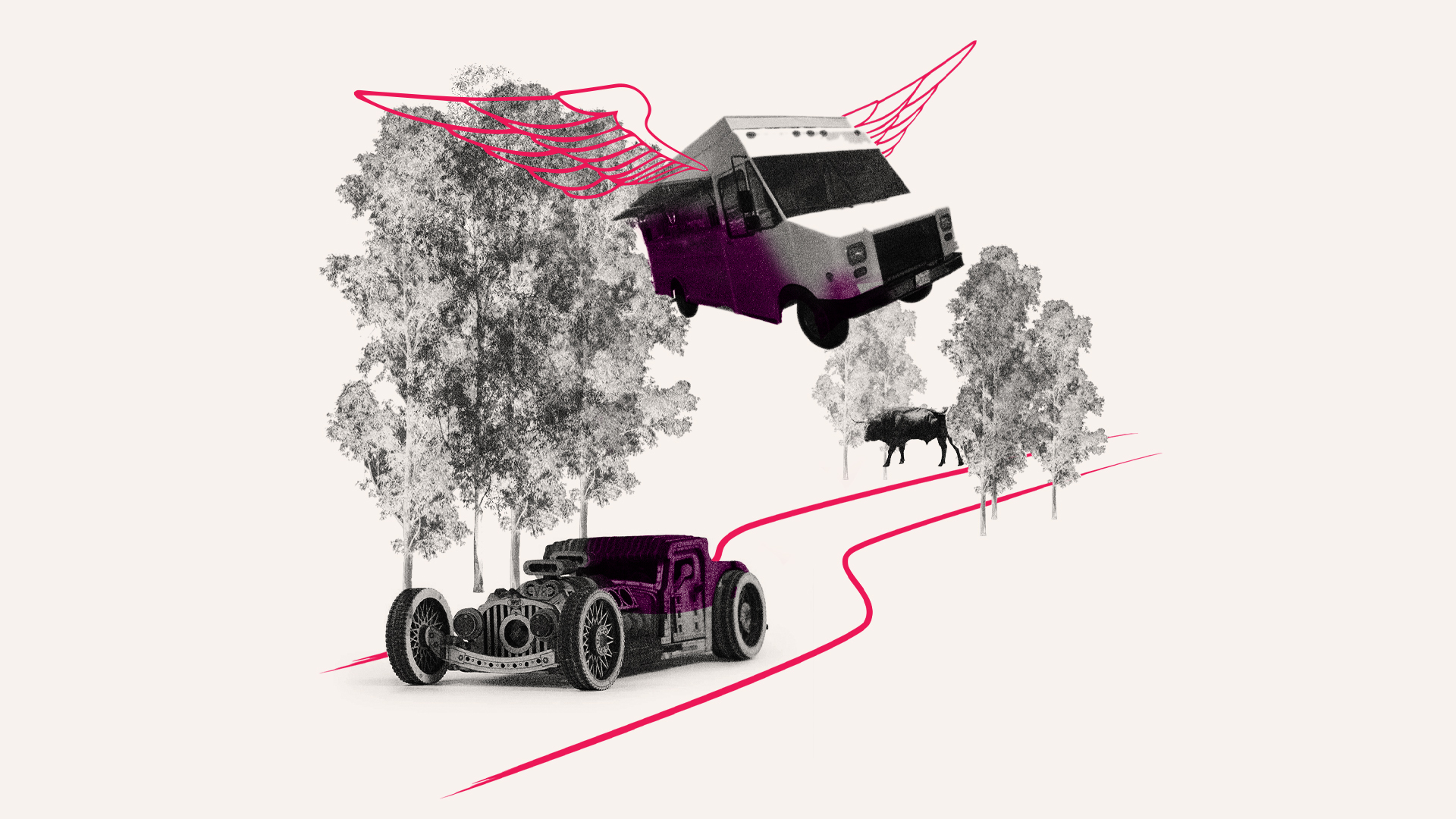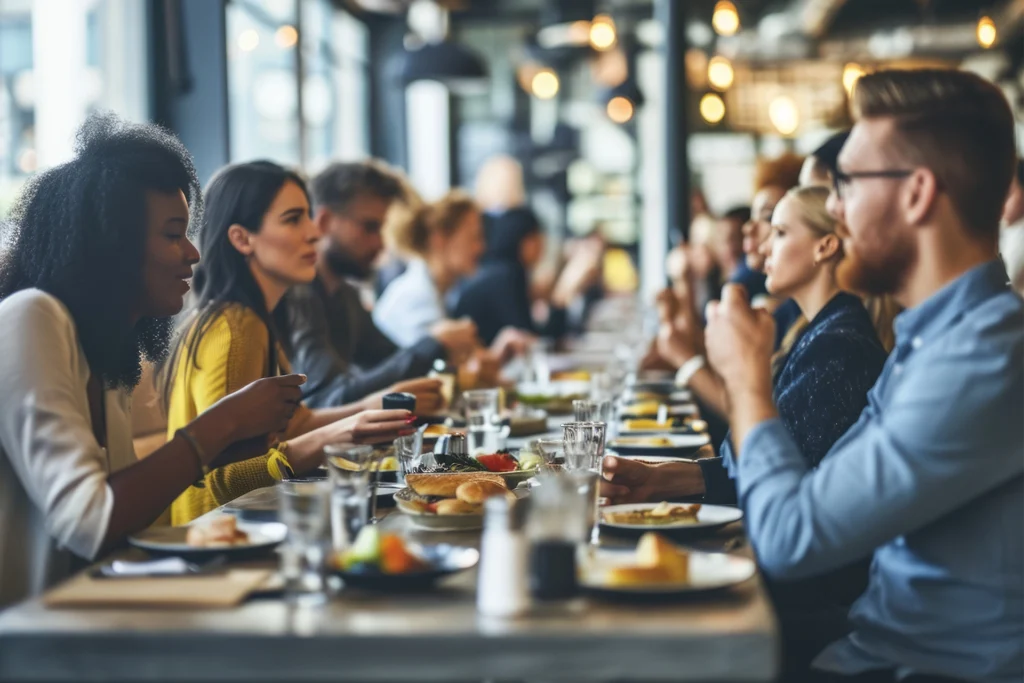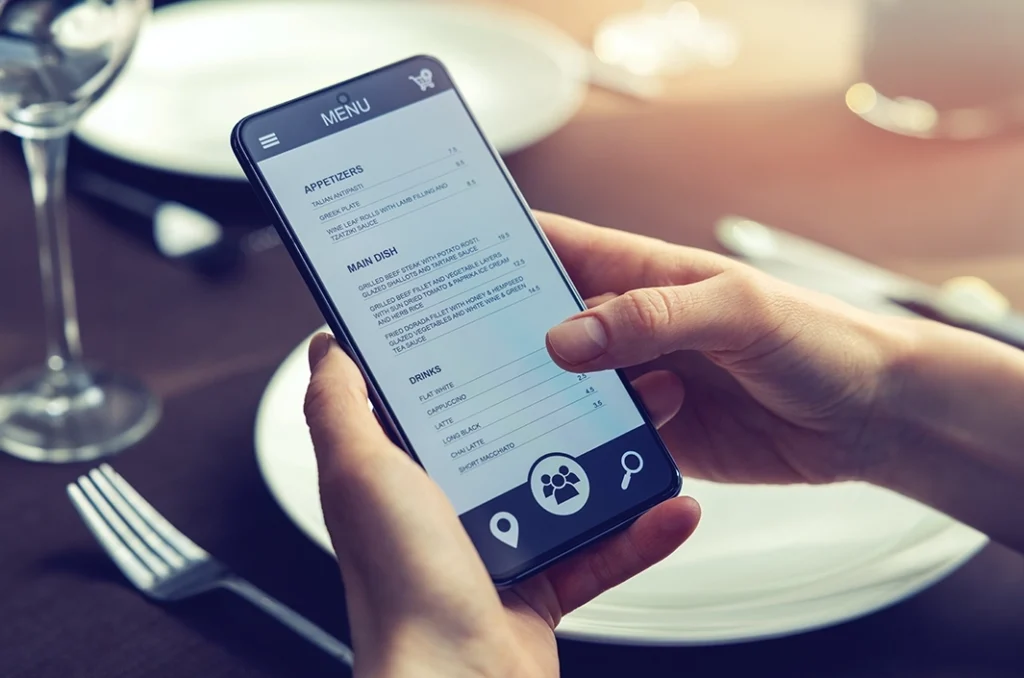Studies have shown that it takes about 2 months to form new habits1. Considering the world has been, and in some cases continues to be, locked down for over a year, it’s safe to say some new behaviors have taken hold and show no signs of shifting back. While many people thirst for travel and dining experiences, others are apprehensive and hesitant to jump back into the water.
This reality has shifted the food and beverage game as it pertains to hotels and hospitality. Prior to the pandemic, food and beverage innovation had been a hot topic in the hotel industry. It was one of the last ways for hoteliers to increase revenue from guests while opening up lines of revenue from locales. Those who embraced the opportunity to the fullest extent reaped the rewards. And then the pandemic hit.
The pandemic has been devastating in many ways, but as with natural disasters, the soil is left rich for new growth. In the food and beverage space, that new growth will be spurred on by true innovation and a challenge to rethink the standard-issue service models and offerings found in hotels.
Innovation can come in all shapes and sizes, and the word itself represents a vast spectrum of opportunities. Suffice to say, the world is now the oyster of hotel and restaurant visionaries who dare to do something different. The thought alone could freeze up any would-be leader as overwhelming, but there are some smart places to start the thinking that can supply some footing for what could be next.
In a recent Clubhouse room, a number of innovations were discussed that are currently being applied to the hotel food and beverage space, or pose a large opportunity to be considered. These innovations and trends can be the spark and tinder for rethinking current experiences or the development of new concepts to be built.
Here are three trends and innovations that are positioned to be winners in the post-pandemic reality.
1. Optimize for Off-Premise Fast Lane Pickups. Off-premise sales skyrocketed across the restaurant industry during the pandemic. Those who were apprehensive about this method of acquisition found themselves diving in and developing a new habit. Combined with many municipalities temporarily allowing off-premise alcohol sales and it’s safe to say the game has changed.
Hotels that recognized the shift and make the operational pivots found traction in their use of the valet lanes. Shifting them to be fast-line pickups for third-party delivery or guests who ordered ahead created a high level of convenience. The result was a smooth experience with little friction increasing transactions while opening up a fresh line of revenue that had little considering pre-pandemic.
2. Food Trucks, Food Halls & Pop-ups. In instances where a food and beverage outlet could not survive, or was temporarily closed, two opportunities arose. The hotel footprint and abundance of space are perfect for food trucks, food halls, and pop-up restaurants. Food trucks can easily enjoy space in an open-air parking lot or garage, creating a safe experience for guests while delivering fun novelty.
In some instances, food and beverage and meeting spaces were closed. The space is prime for pop-up experiences that would bring in new attention and traffic without the commitment of reopening or launching a new, permanent food and beverage concept. The idea of pop-ups could be worked into the overall brand experience and offering while creating a sense of wonder and intrigue with would-be guests while inviting the neighborhood to enjoy the space.
For a more permanent offering, the food hall model makes a lot of sense. Rather than committing to one concept, available space can be repurposed as a small food hall with multiple concepts available. The key here is to ensure that this doesn’t turn into a low-quality mall food court vibe, but instead features a level of craft and quality equivalent to food halls found around the United States.
A food hall offering would align very well with hotel brands that tout exploration and celebration of variety and culture. If done right, it could be a highly buzzworthy offering that sees exponential growth in neighborhood foot traffic as well as guest preference.
3. Automation & Technology. Technology is the key to innovation. With integrated systems hotels and their F&B concepts can gather data, iteratively learn and scale, and optimize the guest experience to all-new levels. The pandemic sparked numerous technological advancements including the aforementioned third-party delivery adoption surge. One of the other ways was how to hand-off food with little contact. Thus an old friend reared its head with a technological fresh coat of paint.
The Automat was a food concept that was built from the cafeteria and diner model. Rather than having human service, back of house workers would simply fill cubby holes with dishes available for purchase. Guests would peruse the cubbies, then pop in some change to unlock the door. They’d grab the plate of food and that was that.
A re-engineered version of the automat could be the key to hotels delivering fast and safe breakfast and lunch options as the buffet offering becomes obsolete due to safety concerns. The kitsch and playfulness of the system can create a fun alignment with the right hotel brand. But be warned, quality of food and freshness still matters most so maintaining this kind of system would take some thinking from an innovative mind.
These three trends and innovations should spark ideation and inspire new thinking in the food and beverage concept space. While the pandemic destroyed a lot of restaurant concepts and brands, the ground is primed for new growth and innovation. Now is the time to push the envelope and shed the classic ideas of what food and beverage can be to realize what food and beverage should be: an unforgettable, remarkable experience aligned with the core guest persona’s needs and wants. The brands that tackle this challenge can charge ahead of the herd while realizing new heights of revenue.
1 – https://citeseerx.ist.psu.edu/viewdoc/download?doi=10.1.1.695.830&rep=rep1&type=pdf


